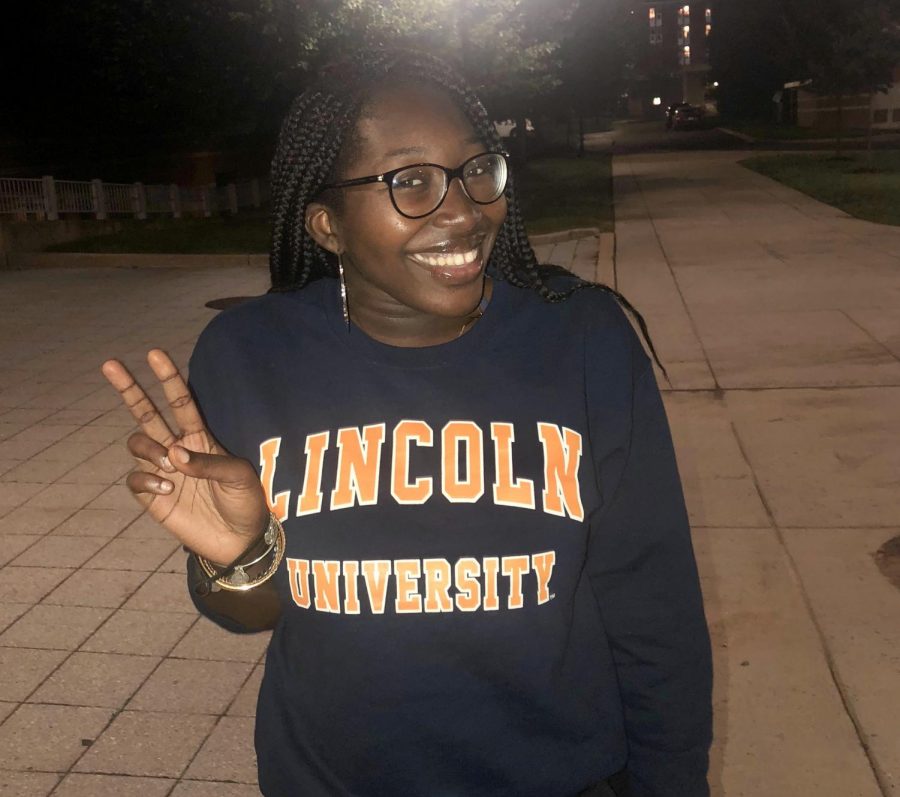Seniors selecting schools need to decide between HBCUs or PWIs as deadlines approach
Watkins Mill alumna Megan Dakwa poses in her Lincoln University sweatshirt. Dakwa selected the HBCU as her college of choice and is currently a freshman.
February 13, 2019
As National College Decision Day creeps closer and closer, the question of where to spend the next four years becomes more and more important.
For some students, that means asking themselves whether to attend a PWI or an HBCU.
What is an HBCU and what is a PWI? HBCUs are historically black colleges and universities. PWIs are predominantly white institutions. There are many differences between both, besides the fact that they both have a larger predominant race population on campus.
HBCUs were created as slavery ended to meet the academic needs of Black American students who were denied admission to white institutions. The first HBCU created was Cheyney University of Pennsylvania (originally named the Institute for Colored Youth), founded in 1837.
Lincoln University of Pennsylvania was the first HBCU to award degrees to its students. “The whole environment [at Lincoln] is very family oriented, comfortable, and [provides] the opportunities to help you be successful are everywhere and of course, it is very fun,” Watkins Mill alumna and current Lincoln University freshman Megan Dakwa said.
English teacher Jamaly Allen attended his Morehouse College in Atlanta, Georgia. “Morehouse gave me an identity of self through exploration, through identification, through understanding where I am, where I’ve been, and where I want to go. Without those fundamental building blocks being set from a young age, there is no way I would be the person I am today,” Allen said.
Predominantly white institutions are colleges and universities that account for a 50 percent or higher white student enrollment with students of other different races rounding out the rest of the student body. Until 1963, when Clemson University in South Carolina integrated, black students were not allowed in many PWIs.
There is an ongoing debate mainly on social media between black college students who attend PWIs and HBCUs. There are these misconceptions that black students who attend PWIs feel as if they are superior to black students at HBCUs and black students at HBCUs feel like their counterparts at PWIs are “sellouts” to the black community.
“On both sides, some people think that because you go to an HBCU, you are limiting yourself, which in fact is the opposite,” Allen added. “You’re actually broadening your horizons.”
Hits : 3281


